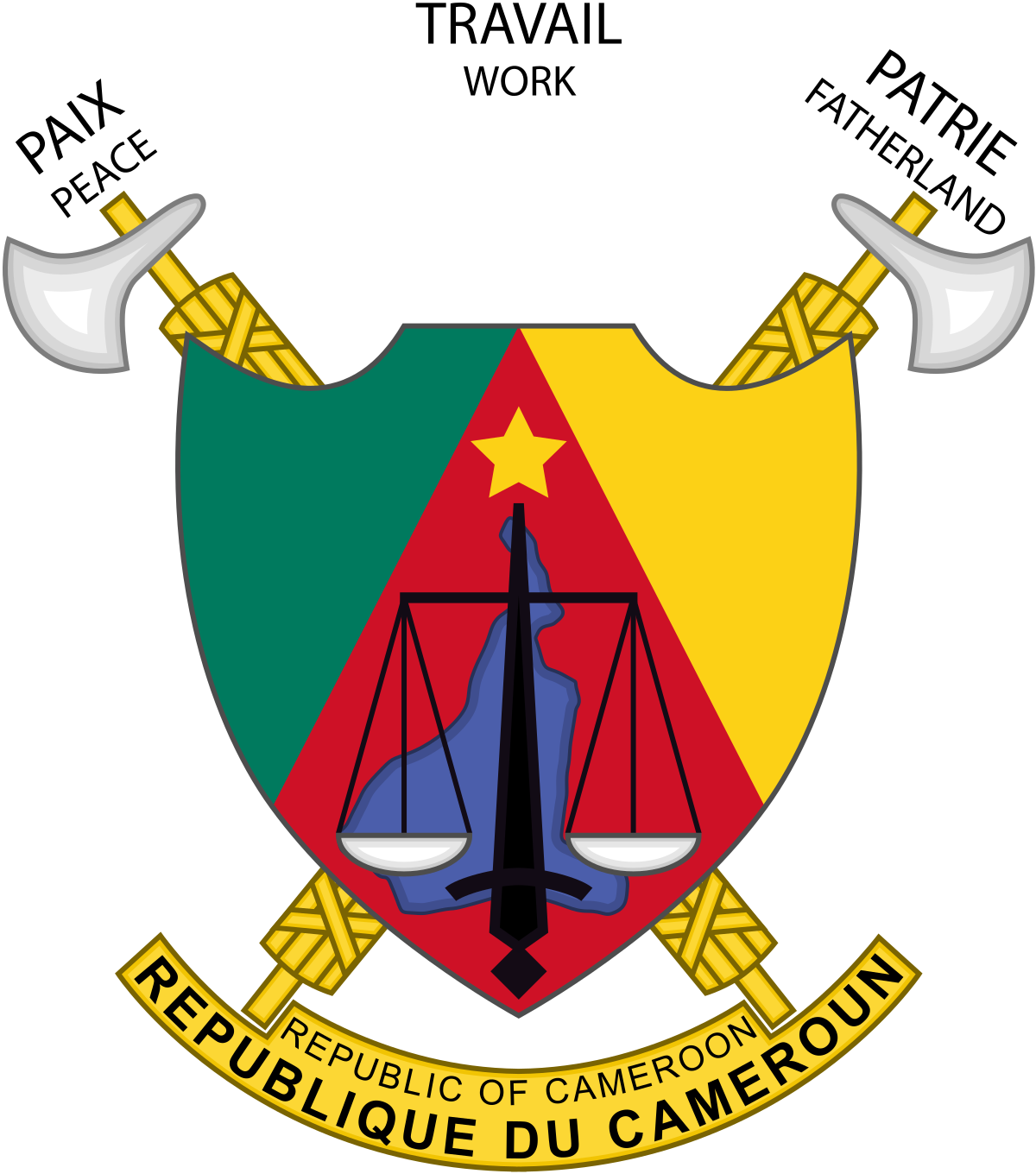History of Cocoa in Cameroon
The scientific name of cocoa is Theobroma cacao. In Latin, the word Theobroma means, "Food of the gods".
The word Cocoa originated from the Spanish word cacao, derived from the Nahuatl word cacahuatl. In some cases, Cocoa can also be refer to the drink commonly known as hot chocolate; cocoa powder, dry powder made by grinding cocoa seeds and removing the cocoa butter from the bitter cocoa solids; or to a mixture of cocoa powder and cocoa butter.
History holds that Cocoa originated from native Americas in the Andes and Orinoco (present day Colombia and Venezuela) and served an important commodity. The Mayas and Aztecs used it as currency to buy slaves and pay for imports. The emperor of the Aztecs, Moctezuma II, reportedly took chocolate, as his main beverage. Flavored with vanilla or other spices, his chocolate was whipped into a froth that dissolved in the mouth.
In July 1502, Christopher Columbus was the first European to discover cocoa in the little Island of Guanaja (present day Honduras) but nursed no interest in what he termed « almond ».
Cocoa is believed to have been introduced in Cameroon between 1886/1887 during the era of German governor Julius Von Soden; 65 years after the island of Sao Tome and Principe, 8 years after its introduction in Ghana, about the same time as Gabon, 3 years before Nigeria and 8 years before Côte d'Ivoire.
The first cocoa plants were brought from Latin America, the Antilles and Sao Tome and Principe. The first plantations were carried out by German firms; WOEMAN of Bimbia and JANTZEN & THORMOHLEN of Bibundi.
These German settlers established large plantations- both in size and in the resources mobilized for their creation and upkeep. This was particularly true of the Victoria Molyko Estate, worth over 1 042 million Francs CFA in 1972, stretching 12 695 hectares with 100 residential buildings and a 42km railway line.
Workers of these plantations came from BALI, Foumban, Kribi, Lolodorf, Ebolowa and Yaounde. In 1903, in order to compel farmers to work on these plantations, the Germans instituted the Head tax.
Those unable to pay in cash were given the option to work for 30 days annually on these plantations. By 1912, there were 13 161 hectares of cultivated land with total exports reaching 4 551 tonnes.


